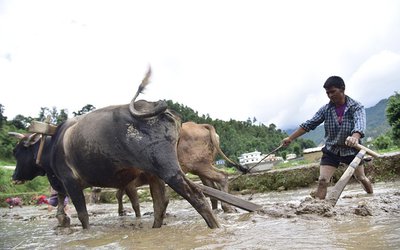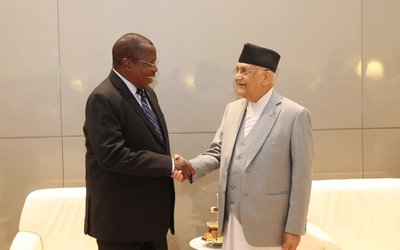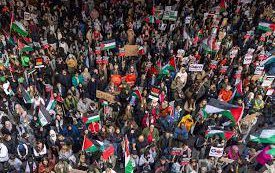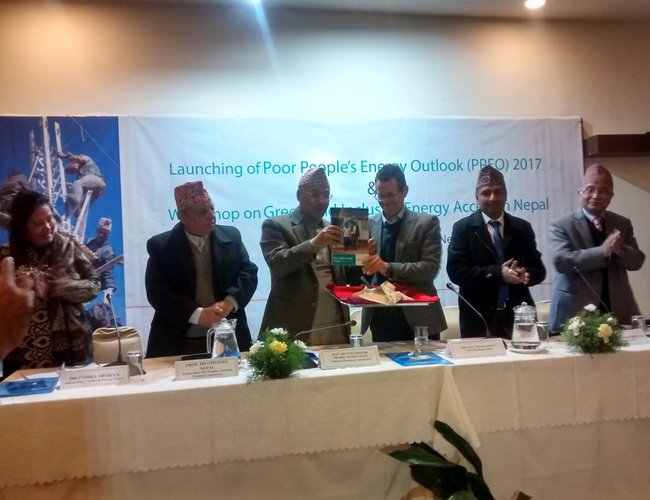
Kum Maya Gharti Magar and Nishi Laghu Uddham, Sisno Powder Udhyog, Nishi Baglung are happy to show their products in Annapurna Hotel as the products were possible thanks to energy supplied by micro-hydro.
Similarly, Amrita Pun, Sole Herbs Private Limited (Hate Nepali Kagaj Udhyog), Ruma Myagdi and Hem Kumari Pun, Sole Herbs Private Limited, Ruma Myagdi, have been making money by selling the herbs for good prices. Thanks to electricity generated by micro-hydro, their monthly income has gone up.
Although central grid is connecting the rural parts of Baglung and Myagdi districts, local communities still want to keep their almost fifteen-year-old micro-hydro because it has been their lifeline. Along with generating power, the energy generated by the micro-hydro is now used to run the small micro industries and businesses.
A micro-hydro plant of Barpak, an epicenter of earthquake 2015, built two decades ago, supplied the electricity even during the devastating earthquakes. As it was crucial for earthquake rehabilitation, communities restored it in just a matter of a month. Built with the support from Practical Action, the micro-hydro of Barpak is a good case of how energy transforms the livelihood and helps people recovers from natural disaster.
Recently, with support from Asian Development Bank and Alternative Energy Promotion Center (AEPC), a solar-wind hybrid has been installed in Chisapani of Hariharpur Rural Municipality Ward 1, with a capacity of over 80-kilowatt power to 83 households.
There were jubilations and celebrations. Disconnected from the central grid, the power generated by the solar wind hybrid is likely to transform the livelihood of the local people.
Next to the village in Bhorletar, Ward No 2 of Bagmati Rural Municipality, AEPC supported solar and wind mixed renewable energy has been supplying the energy to over 100 households.
These are a few examples of how renewable and alternative energy is penetrating Nepal’s hinterland to improve the livelihood. Along with micro-hydro, Practical Action has been supporting rural Nepal install wind power, solar and hood stoves. One of its wind power plants in Nawalparasi district is a model case.
With no other sources of energy, rural Nepali use firewood for cooking and heating homes, not knowing that burning these fuels creates toxic smoke which fills their houses and becomes lethal.
Although Nepal has seen progress in the renewable energy sector, the grim reality is that twenty-two percent of Nepalis have no access to electricity.
PPEO 2017
Nepal government has expressed its commitment to provide electricity access to 99 percent households and increase the share of renewable energy to total energy consumption to 50 percent by 2030 but there is a huge investment gap.
Experts argue that the current level of investment cannot meet the ambitious target. Nepal has so many good examples of expanding renewable energy. However, majority or 74.4 percent of households dependent on solid biomass fuels including fuelwood, agriculture residue and animal dung and 45.67 percent are still using traditional stoves.
According to a study, Nepal needs to invest 25 billion dollars by 2030 to achieve energy for all. For this, Nepal needs doubling of the renewable energy portfolio and doubling of the energy efficiency until 2030.
As Nepal is moving ahead with the promise, recently launched Practical Action's 2017 edition of the Poor People's Energy Outlook (PPEO) reveals many interesting phenomena.
Launched jointly by the member of National Planning Commission Prabhu Budhathoki and CEO of Practical Action Paul Smith Lomas, the report highlighted many important issues.
The report highlighted distributed technologies (mini-grids and stand-alone systems) are the least cost solution for meeting the needs of a majority of those remaining unconnected.
“Currently, 4.3 million people globally every year – mainly poor women and children – die as a result of breathing in smoke from cooking indoors. Globally, more than 3 billion people continue to cook on a basic open fire. One billion people are still without access to modern energy, preventing them from reaching their full potential and emerging from poverty,” said the report.
In Nepal, still around 22 percent of the population has no access to electricity. The new PPEO report considers how to best finance national integrated energy access plans based on analysis of the markets and consultations with energy-poor communities.
Chaired by Paul Smith Lomas, CEO of Practical Action, the program had Dr. Prabhu Budathoki, Member of National Planning Commission (NPC) as the chief guest. Addressing the program, Dr. Budathoki said that the government will increase the annual budget to meet the target.
"A society in energy poverty cannot be poverty free. Reducing energy poverty is fundamental to development," said Budhathoki. “Nepal will increase its investment in energy sector.”
A key part of the energy story of tomorrow is the importance of bottom-up approach, said Practical Action's CEO Lomas addressing the program,
As an expert commentator, former member of NPC Prof. Dr. Govinda Nepal, Prof. Dr. Ram Manohar Shrestha, Emeritus Professor, Asian Institute of Technology and Dr. Indira Shakya, Independent Gender and Energy Expert, highlighted various important aspects of PPEO 2017.
Dr. Shrestha commented on the book saying, "Traditional energy planning does not consider the affordability of poor people and ignores the role of the demand side."
“Nepal has made a remarkable progress in the renewable energy sector. Of course, there is still fund gap,” said Ram Prasad Dhital, Executive Director, and AEPC.
Achyut Luitel, country director of Practical Action, said that PPEO has been one of the important reports of Practical Action highlighting energy needs, demand and gap of resources. Pooja Sharma, HOP, Energy Practical Action, presented the highlights of the PPEO 2017.
Sharma showed the state of Nepal’s renewable energy and way to address the challenges. “Since there are new innovations and technologies, the energy gap will be ending.”
Thanks to the innovation of simple technology, Practical Action has been implementing across the world, including in Nepal, the smoke hood which sits over the fire, drawing smoke straight out through the roof. “Combined with an improved biomass cook-stove, this project is delivering clean, efficient and safe cooking solutions to rural households,” said Practical Action.
Lack of electricity can be detrimental to people's lives because energy is essential to community facilities such as schools and health centers. In rural parts of Nepal such as Dhaulagiri, Practical Action has already installed micro-hydro plants. This project will focus on supporting these plants by providing technical assistance and establishing new rural livelihood activities.
Practical Action is working in promotion of the use of energy in livelihood activities for higher productivity and efficiency.
Nepal’s experience has also shown that all energy should have commercial viability and financial sustainability of livelihood activities and with the possibility of routine repair and maintenance.
As Nepal has many successful examples for renewable small energy projects, the recently released Practical Action's 2017 edition of the Poor People's Energy Outlook (PPEO) shows how reforming energy financing can radically hasten energy access.
According to the report, poor families in developing countries like Nepal are being denied access to basic technology and services by financial systems which fail to bring them modern energy. These findings are the first to emerge from the Practical Action's 2017 edition of the Poor People's Energy Outlook (PPEO).
The findings also point that for preference for clean cooking fuels and technologies, national financing must rise to levels comparable with those for electricity access.
The report said that in pre-commercial markets (for both distributed electricity and clean cooking), public-sector support is needed for rapid market activation and closing the affordability gap.
“This can account for a substantial part of the costs of provision. Financing systems can and should actively promote gender equity in energy access, which is critical for more sustained, appropriate and equitable solutions,” said the report.
According to the report, 4.3 million people globally every year – mainly poor women and children – die as a result of breathing in smoke from cooking indoors. Globally, more than 3 billion people continue to cook on a basic open fire. One billion people are still without access to modern energy, preventing them from reaching their full potential and emerging from poverty.
The situation of Nepal is also alarming. In Nepal, around 22 percent of population has no access to electricity. The Energy program in Nepal plans to increase access to energy in lighting, and clean and efficient technologies for cooking, benefiting 150,000 rural populations.
Practical Action focuses mainly on developing and testing new innovative ideas to engage the private sector in providing access to modern energy resources for the poor, and also developing enabling environment for increasing the role of private sector in energy access and increasing access to finance.
The major areas of energy sector interventions are: climate resilient energy access planning, implementation and technologies; increasing private sector participation in energy access market; mobilizing demand for energy services in marginalized communities; introducing minimum energy standards for energy access; and ensuring productive end use of the energy systems contributing to sustainable livelihood of the poor households.
In Nepal, Practical Action started its work during 1979 focusing on leveraging large scale change to contribute to poverty reduction, technology justice and sustainable wellbeing for all.
The Poor People's Energy Outlook series (PPEO) was launched in 2010 to shine light on energy access from perspectives of the poor.
The series challenges energy sector's focus on energy resources, supply and large scale infrastructure projects; emphasizing instead that it is energy services which matter most to poor people, and that decentralized approaches are the best way to achieve universal energy access.
Distributed technologies (mini-grids and stand-alone systems) are the least cost solution for meeting the needs of majority of those remaining unconnected. Based on communities' preference for clean cooking fuels and technologies, national financing must rise to levels comparable with those for electricity access.
The PPEO 2017 has highlighted how each nation differs in its technological needs and preferences, demand levels, willingness to pay and costs of provision; and also in the maturity of its markets. For Nepal, PPEO 2017 is a document to look at.

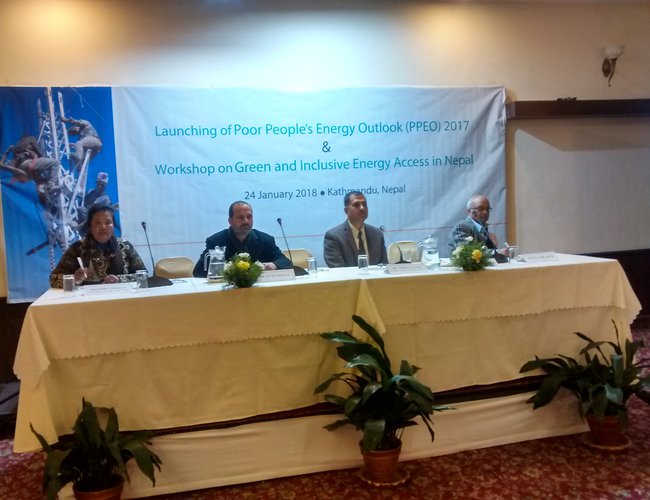
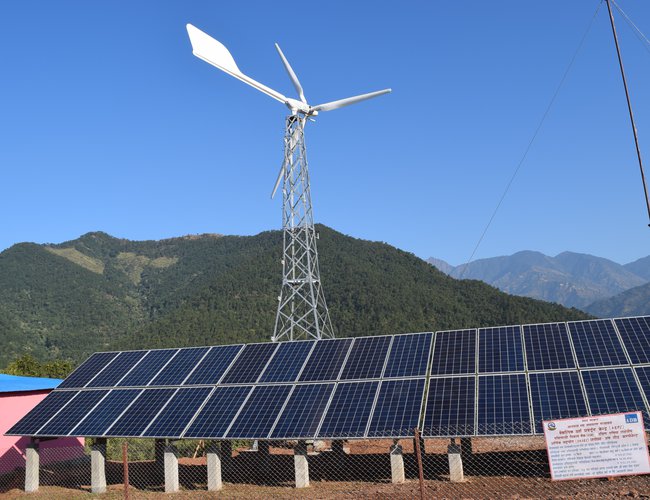
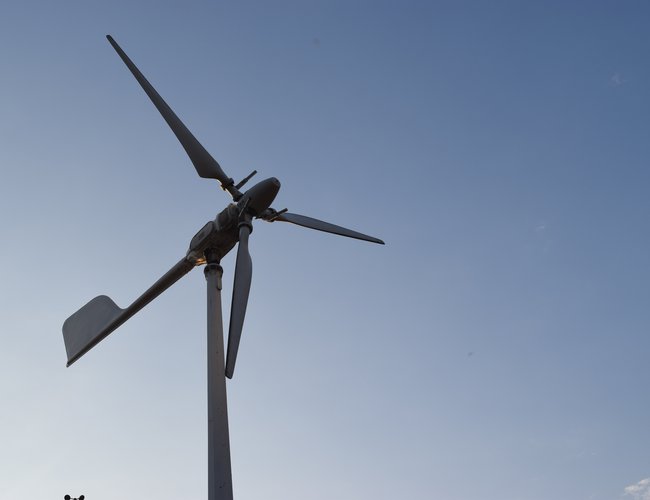

Keshab Poudel
Poudel is the editor of New Spotlight Magazine.
- FOURTH PROFESSOR Y.N. KHANAL LECTURE: Nepal-China Relations
- Jun 23, 2025
- Colonel JP CROSS: Centenary Birthday
- Jun 23, 2025
- REEEP-GREEN: Empowering Communities with MEP
- Jun 16, 2025
- BEEN: Retrofitted For Green
- May 28, 2025
- GGGI has been promoting green growth in Nepal for a decade: Dr. Malle Fofana
- May 21, 2025




